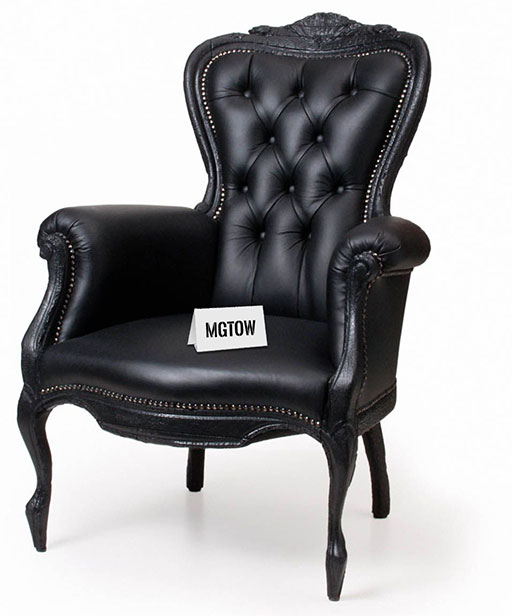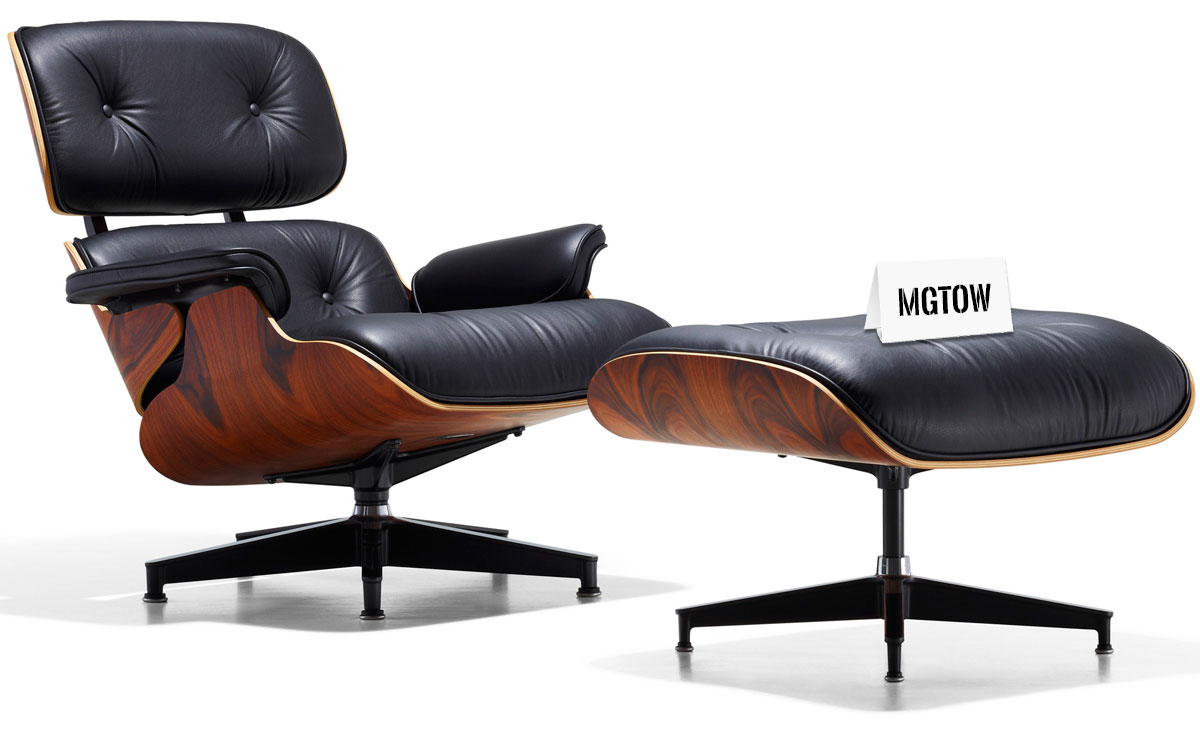Home › Forums › MGTOW Central › Military guys – explain tactics to civilian.
This topic contains 15 replies, has 6 voices, and was last updated by ![]() Autolite 2 years, 5 months ago.
Autolite 2 years, 5 months ago.
- AuthorPosts
Like sending out patrols and not bombs.
Attacking a building instead of blowing it up.
Why small tactical assaults instead of overwhelming force of manpower.
Why do infantry give close support to tanks.
Why so many vets average or s~~~ at bushcraft skills.
Etc
I don’t get what you are after with that statement. I’ll assume you are directing this at the US military…
1) Patrols and not bombs? Because you can’t bomb everyone under the current “rules” the US military plays by. Most of the deaths in Iraq were post-invasion during such patrols. Especially in this scenario, the insurgents lived in normal neighborhoods. You can’t bomb grandmas house to get the bad guy. It looks bad.
2)Attacking a building instead of blowing it up? We do both. Depends on the situation and what information you have. Typically you assault the building with what resources you have…
3)Why small tactical assaults instead of overwhelming manpower? Money firstly. And then second the readiness and manpower of our combat arms units isn’t what you would be lead to think. We may have a lot of people in the military but they’re not all in combat arms. Who are we going to overwhelm with a legion of cooks and laundresses?
4)Why do infantry give close support to tanks? That’s all situational. I served in a CAB (combined arms battalion) made up of tankers and infantry. Depends on the setting and what you need. If a tank were to get hit with an IED the infantry needs to set up the perimeter. and given the details of the ensuing contact make a realistic plan for engagement.
5)Why are so many vets avg or s~~~ at bushcraft skills? Because this isn’t a movie. It’s not Rambo or Tropic Thunder. You’d be surprised how many guys in my infantry basic training had never slept outside before, never gone camping and even a lot had never even played an organised sport. Also, remember I said most folks aren’t combat arms? Those folks bring us hot food, treat our wounds, set up a FOB, make sure we have running water. It’s not Braveheart.
I hope that gets what you were after.
“There Is No Problem Which Cannot Be Solved By A Suitable Application Of High Explosives.”
-William H. Hughes
Thanks, I have more questions.
Difference between rocket and missile.
What do you call projectile fired that carries explosives compared to a projectile that is just solid metal.
What makes better rifle, small ammunition ie lots of rounds carried or heavy ammo, more stopping power. What is optimal range for regular infantry.
What do you call projectile fired that carries explosives compared to a projectile that is just solid metal
Explosively formed penetrator (EFP) would be like a ‘shaped charge’ type of projectile.
https://en.wikipedia.org/wiki/Explosively_formed_penetratorThe 20mm ‘exploding’ cannon rounds were called “PGU/SAPHEI” rounds. (Projectile, Gun Unit/Semi-Armour Piercing High Explosive Incendiary)
http://www.gd-ots.com/MCA_20mm_Improved.htmlKinetic energy penetrator (KEP) would be a ‘solid’ metal type round.
https://en.wikipedia.org/wiki/Kinetic_energy_penetratorWhat makes better rifle, small ammunition ie lots of rounds carried or heavy ammo, more stopping power.
The theory is that several smaller holes will cause more trauma damage than one big hole. They also wanted to make combat rifles smaller and lighter. They figured that most fire fights where at a range where the ‘bigger’, longer range ammunition wasn’t necessary…
Difference between rocket and missile.
This is only a guess, but in the airforce we referred to the unguided air launched projectiles as “rockets” and the guided projectiles as “missiles”. That’s the terminology we used anyway. I don’t know if it’s technically correct or not…
Here’s a cache of Army Field Manuals open to public viewing. You can find out all sorts of fun stuff and a lot of answers for free.
http://usacac.army.mil/sites/default/files/misc/doctrine/CDG/fms.html
Unguided you mean like throwing a rock and guided means you can fly the thing?
Unguided you mean like throwing a rock and guided means you can fly the thing?
Yes. “Unguided” means the projectile goes (hopefully) in whichever direction it was pointed when it was fired. “Guided” means the projectile can alter it’s course after it was fired.
A guided munition can be “flown” or made to track to a target all on it’s own depending on the particular guidance system used…
(There was a huge website that covers all the types of questions that you’re asking. IIRC, it was ‘FAS.org’)
Much appreciated.
Much appreciated.
The object of most military operations is to limit collateral damage: people, places and things.
You do not want to send people back to the Stone Age because you then have to rebuild the area for kocal population to live in.
Current operations require small unit tactics because that’s what the enemy uses. You use a small application of force for a small local problem and a big application of force for a big one.
"My father didn't tell me how to live; he lived, and let me watch him do it." - Clarence Buddinton Kelland
Smaller Calibre rifles and side arms are intended to injure not kill, thereby creating an increased medical and logistical burden to the Squad, platoon and unit which in turn effects the fighting efficiency and moral components of the enemy.
A dead soldier is logistically less of a burden as he/she can be left where fallen to be dealt with later. Where as the wounded require treatment to preserve life.
As a no longer operational Tanker I attest that mutual support between both Armour and Infantry close combat formations is paramount to ensure effectiveness in the close quarter Battlespace.
120mm WP followed by HE, then 7.6mm Ball and tracer onto dismounted enemy positions from 1000m is not nice to be on the receiving end of especially after some 155mm Arty softening up preferably at night – The perfect storm!
Better a dismounted Infantry assault onto a position to be more a mopping up operation rather than hand to hand knife fight!!
Life's a bitch, then you're supposed to marry one and then die- sod that for a game of soldiers!
Most of these questions can be answered with: “Because politicians run wars now, not generals.”
But here are some specific answers.
Like sending out patrols and not bombs.
Patrols can be trained to not shoot civilians etc. Teaching bombs to do that is difficult and expensive. Killing civilians looks bad politically (see above).
Attacking a building instead of blowing it up.
And have to pay to rebuild that structure in the “nation building” phase of the war? Note: failure to engage in “nation building” looks bad politically (see above).
Why small tactical assaults instead of overwhelming force of manpower.
We have airplanes and other machines when we want to deliver overwhelming force. Sending in men to do the same is inefficient and results in much greater casualties. Flag draped coffins look bad politically (see above).
Why do infantry give close support to tanks.
In those situations it’s generally the tanks that are supporting the infantry. When your patrol is caught out by enemy combatants in a hardened position it’s much nicer to fall back and let the big guns deal with them.
Why so many vets average or s~~~ at bushcraft skills.
Because they’re not trained for that. They’re trained to kill the enemy (and lately “build nations”). And the military would much rather they spend their precious time killing the enemy instead of wasting it managing their own personal logistics. In fact handling their logistics for them is a large part of what the “non-combat” part of the military are all about.
Difference between rocket and missile.
The rocket is the thing doing the pushing. A missile is the whole device being pushed. Missiles can have rocket engines, but not necessarily. Cruise missiles, for example, generally have air breathing jet engines.
What do you call projectile fired that carries explosives compared to a projectile that is just solid metal.
That depends on the type of explosive and what it’s intended purpose is.
What makes better rifle, small ammunition ie lots of rounds carried or heavy ammo, more stopping power. What is optimal range for regular infantry.
That all depends on what you’re shooting at, and what your shooting with. Which is why most infantry squads carry more than one type of weapon. Sometimes the optimum weapon isn’t even a rifle. Sometimes it’s a grenade. Sometimes it’s a laser designator. In the trenches of World War One shotguns proved so much more effective than rifles that the Germans (the c~~~~~~~~~s who used gas attacks) got seriously butthurt and whiny over them.
I guess my only knowledge comes from Hollywood. I have been around lots of combat vets but they refuse to talk.
Smaller Calibre rifles and side arms are intended to injure not kill, thereby creating an increased medical and logistical burden to the Squad,
I heard that as well, but I’ve also heard that the 5.56 round has more of a tendency to ‘tumble’ than the larger 7.62 round. The tumbling round will create more damage on penetration.
I’m not claiming that as fact, it’s just what I’ve heard…
- AuthorPosts
You must be logged in to reply to this topic.

921526
921524
919244
916783
915526
915524
915354
915129
914037
909862
908811
908810
908500
908465
908464
908300
907963
907895
907477
902002
901301
901106
901105
901104
901024
901017
900393
900392
900391
900390
899038
898980
896844
896798
896797
895983
895850
895848
893740
893036
891671
891670
891336
891017
890865
889894
889741
889058
888157
887960
887768
886321
886306
885519
884948
883951
881340
881339
880491
878671
878351
877678













